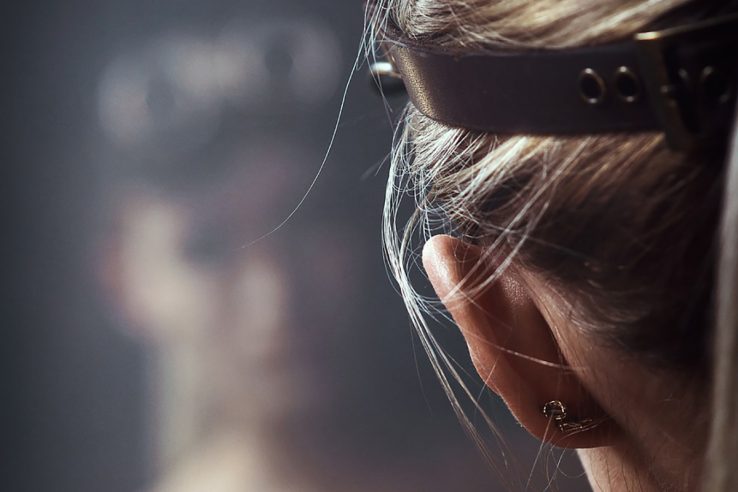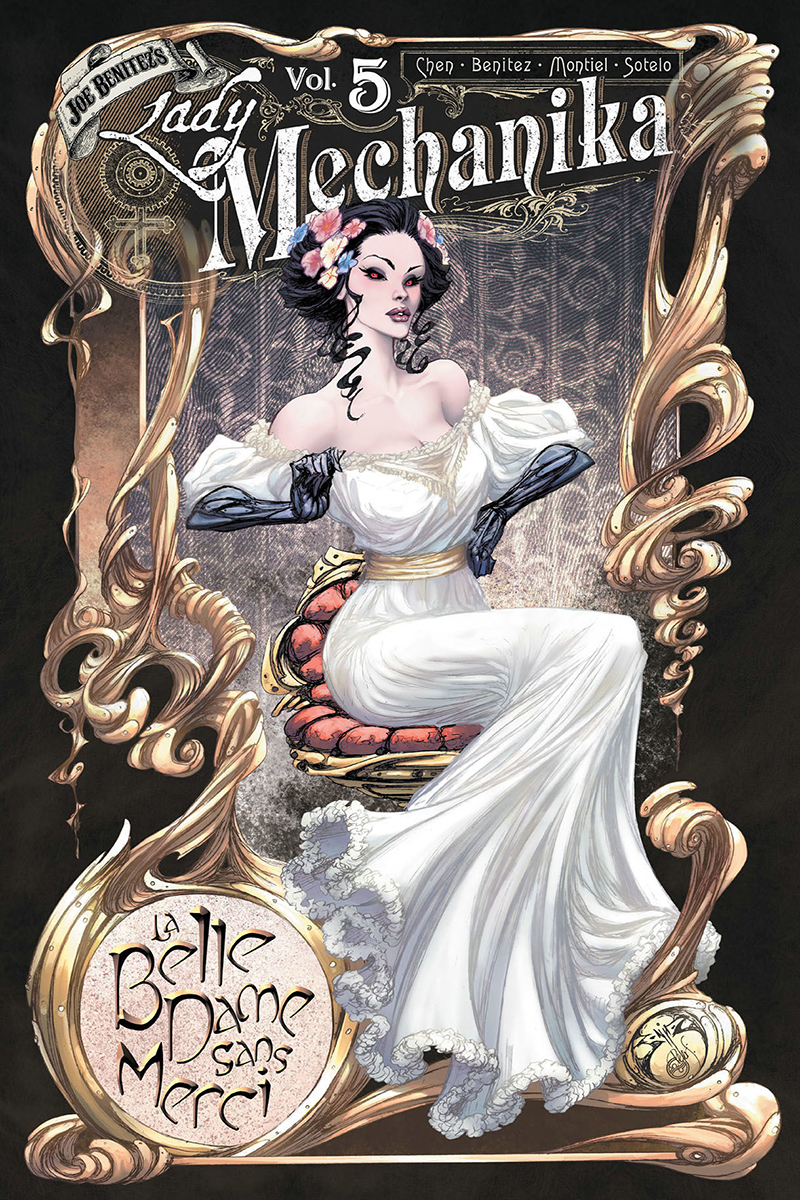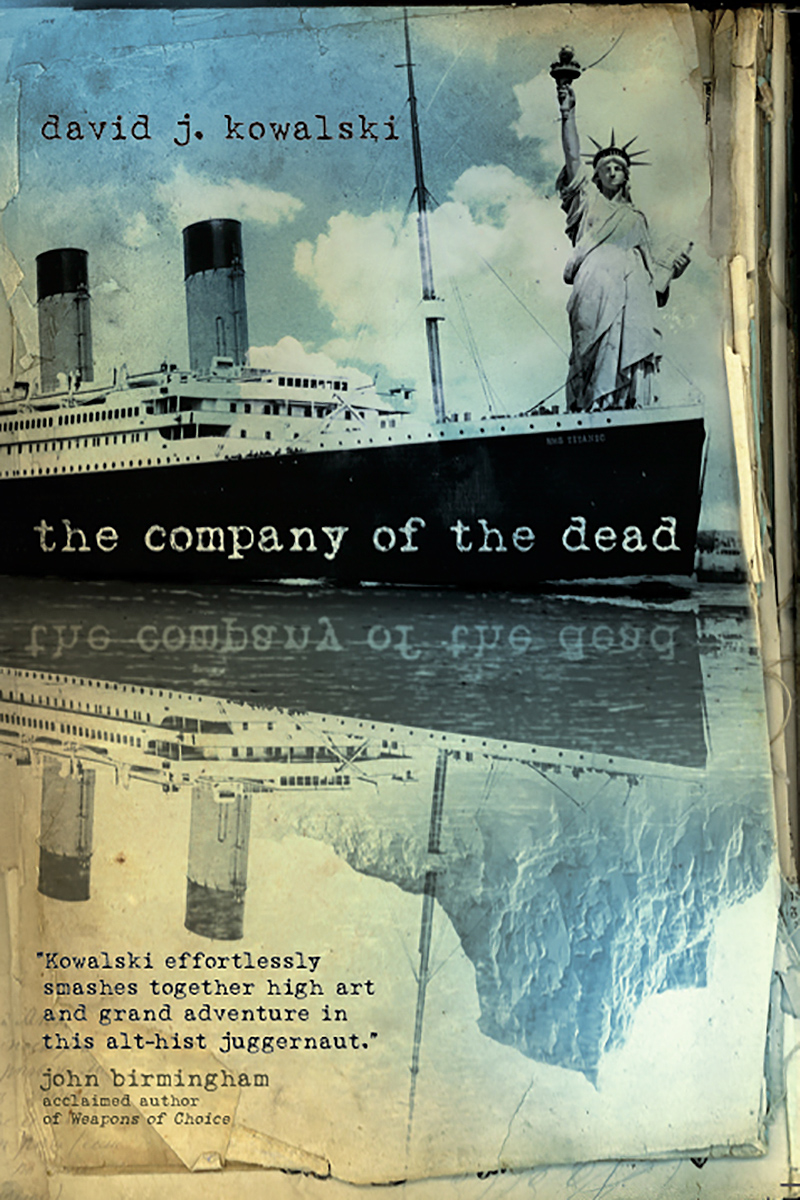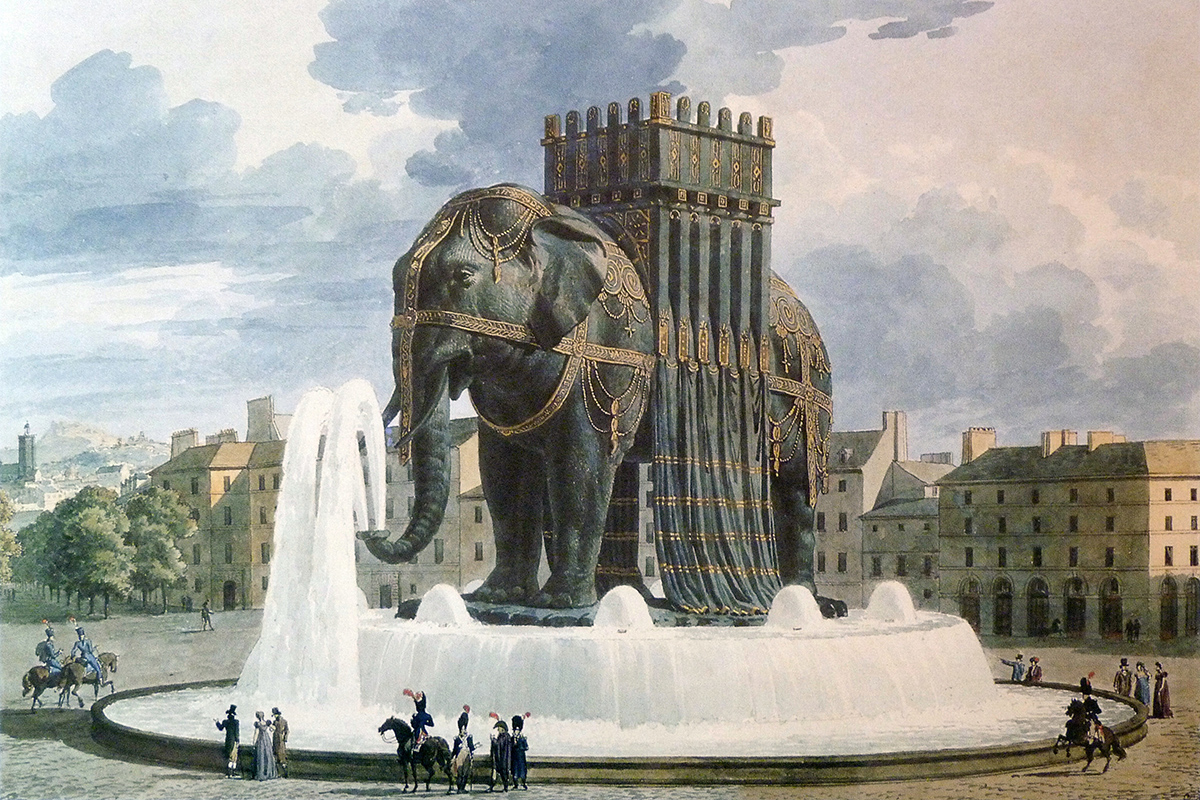During the reign of Victoria, the women’s suffrage movement began and, shortly after her death, culminated in women receiving the same legal right to vote as men. It was a landmark period in history for thinking about gender equity. Informed by such works as A Vindication of the Rights of Woman, written by Mary Wollstonecraft almost a half century prior to the Victorian era, it spawned such well-known feminist thinkers as John Stuart Mill, Elizabeth Stuart Phelps Ward and Florence Fenwick Miller. In spite of the oppressive atmosphere created by a focus on eradicating “vice” via the Comstock Laws and other means, as well as the caricature of women as weak and feeble-minded by many scientists of the day, women were making strides toward being recognized as equal to men and having autonomy.
This is the historical background which inspires much of steampunk fiction and we should take its lessons to heart when building our steampunk community.
Geek misogyny
Strong women abound in steampunk: lead characters such as Briar Wilkes from Cherie Priest’s Boneshaker, editors and contributors to publications such as C. Allegra Hawksmoor of SteamPunk Magazine, podcasters such as Emmett and Claude Davenport of The Clockwork Cabaret and community leaders such as Lee Ann Farruga of Steampunk Canada and Steampunk Ottawa.
Unlike some areas of geek culture which have historically been male-dominated, the steampunk scene has fostered a whole host of talented, creative women.
Yet one cannot rule out the ever-present danger of geek misogyny, a common phenomenon within the science-fiction community at large, in which female participants are made to feel less knowledgeable and their contributions are belittled or opinions silenced. All too often, the women of sci-fi are portrayed as nothing more than sex objects in order to appeal to an audience assumed to be mostly male.
Although this has been changing for the better over the past decade or so, the impact of this mentality still presents itself in the behavior of some fans that believe women are there for show: the intelligence and passion of the woman behind the corset don’t matter, so long as she looks good standing at the front of an airship.
The effects of this attitude are evidenced at almost any convention you care to name: even the most creative costume being worn by a man is likely to receive reduced attention and photograph opportunities compared to a less interesting but more revealing costume being worn by a woman.
Now this is not to say that a case cannot be made for steampunk as a great equalizer (men are encouraged to embellish their costumes and dress as dandies), but that is beside the point. The point is that women in the steampunk community still run the risk of being marginalized and treated differently from men, much as the women of the Victorian era were.
Victorian mores
One of the uniquely problematic areas of steampunk that is different from other sci-fi is the fact that with adopting a historical time period you become inextricably tied up in the culture and social mores of that period. They will inform how people in the community role-play around each other, for better or for worse.
This has been used to great effect in reimagining the course of history, speeding up the acquisition of women’s rights and smashing oppressive Victorian social expectations.
However, it also presents a more acceptable way for casual sexism to be perpetuated: using misogynist attitudes and tropes, even jokingly, to establish the period paves the way for actual misogyny to proliferate.
For instance, having women specifically come down with “the vapors” or faint at the first sign of danger (or anything else for that matter) doesn’t break down Victorian sensibilities, it maintains them. Unless such motifs are carefully set up in a satirical context, and even sometimes when they are, they can lead to the appearance of spaces that permit hatred toward women.
Retrosexual
All of this fits into a larger framework of the “retrosexual” agenda.
This conservative movement appears to have picked up steam (excuse the turn of phrase) within the past few years. Its major tenets are to reclaim strong dichotomous gender roles from times before the current “post-feminism” era, back when “men were real men” and “women were ladies.”
Such sentiments are present within the steampunk community at large, often flying under the radar, but really coming across in the widely espoused view that steampunk is helping to bring back proper manners.
This is a ubiquitous attitude among steampunk enthusiasts and it can range from the harmless and laudable use of more common courtesy than one normally encounters in this day and age to the troubling use of different standards in conduct toward people of different genders.
Male steampunk enthusiasts seem to have a propensity for holding doors exclusively for women (preferably with a certain amount of pomp and “After you, Madam”) unrivaled by any other group of science-fiction fans and this sort of action is defended to the very end by those who consider it to be proper. “In Defense of Holding Doors for Ladies in the Name of Chivalry” could have been the unofficial subtitle of half the arguments made in the “Steampunk and Gender” thread in the Great Steampunk Debate.
For some reason, chivalry has been romanticized and celebrated by contemporary culture to the point that many do not recognize its sexist underpinnings. The entire concept of chivalry is founded upon internalized misogyny, removing women’s agency and traditional, chauvinist views of what causes women to be perceived as “honorable.”
What can be done?
So what can be done to avoid the steampunk community becoming dominated by misogynistic attitudes?
- For starters, support women working in the community and don’t dismiss their efforts.
- Listen to the concerns of women in your local or online steampunk groups.
- Deconstruct the Victorian oppression of women and use it to inform the genre and inspire reimaginings of the past in which women have equitable rights to those of men much earlier.
- Form inclusive spaces for women, LGBTQIA-identified people and people of color. Standing up to oppression of one group fosters fighting against oppression in general.
- Show zero tolerance for mistreatment and casual abuse.
Ultimately, the better informed steampunk enthusiasts are on matters of gender equity and feminist issues, the more welcoming the community will be for everybody.
This story first appeared in Gatehouse Gazette 15 (November 2010), p. 4-5, with the headline “Battle of the Sexes: How Steampunk Should Be Informed by Feminism”.





